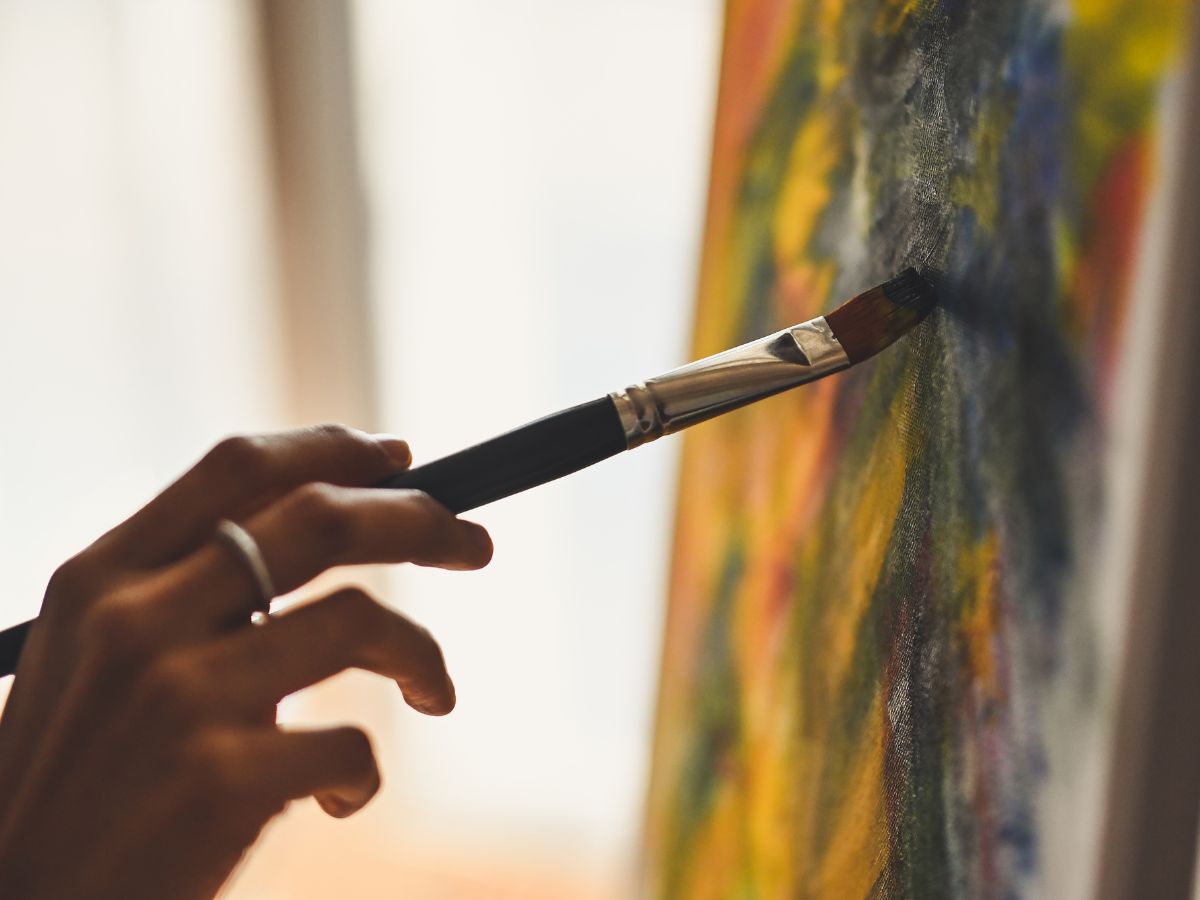
How to Varnish an Oil Painting: A Complete Guide for Artists
Varnishing an oil painting is an important final step in the painting process that helps protect the artwork from dust, dirt, and UV rays while enhancing its appearance by bringing out the colors and creating a uniform finish. But, varnishing should be done carefully to avoid damaging the painting. Here’s a guide on how to varnish your oil painting correctly.
1. Allow the Painting to Fully Dry
Before applying any varnish, ensure that the oil painting is completely dry. Oil paintings can take anywhere from 2 months to a year to fully cure, depending on the thickness of the paint layers and environmental conditions. Applying varnish too soon can trap moisture and cause the painting to crack over time.
2. Choose the Right Varnish
There are different types of varnish available, and your choice will affect the final look of the painting:
- Gloss varnish – Provides a shiny, reflective finish and makes colors appear more vibrant.
- Matte varnish – Reduces reflections and gives a more subtle, muted appearance.
- Satin varnish – Offers a balance between gloss and matte finishes.
Some varnishes are removable, which is ideal for conservation purposes, as they allow for easy removal and reapplication over time without damaging the painting underneath. Commonly used varnishes include damar, retouch varnish, and synthetic options.
3. Prepare Your Workspace
Find a dust-free, well-ventilated area to work in. Dust particles can settle on the wet varnish, and fumes from the varnish can be harmful. Place the painting on a flat surface or set it on an easel. Ensure the painting is stable before starting the varnishing process.
4. Apply the Varnish
You can apply varnish using either a brush or a spray. Here’s how to do both:
Brush Application
Materials needed: A clean, wide, soft-bristle varnish brush.
Procedure: Pour a small amount of varnish into a clean container. Dip the brush into the varnish and apply a thin, even coat, starting from the top and working your way down in long, smooth strokes. Be careful not to over-brush, as this can cause bubbles or streaks. After finishing the first coat, allow it to dry for 24 hours before applying a second coat if needed.
Spray Application
Materials needed: Spray varnish (comes in aerosol cans).
Procedure: Hold the can about 12 inches away from the painting and apply the varnish in thin, even coats. Move the can in a sweeping motion across the surface, ensuring consistent coverage. Multiple thin coats are better than one thick coat. Allow each coat to dry before applying another.
5. Let the Varnish Dry
Once the varnish is applied, allow the painting to dry in a dust-free environment. Drying time can vary depending on the type of varnish, but typically, varnish should be dry to the touch within 24 to 48 hours. It’s important to avoid touching the painting during this time.
6. Maintain and Reapply Varnish
Over time, varnish can become dirty or yellowed. Fortunately, removable varnishes can be taken off and replaced with a fresh coat. This is especially important for preserving the longevity of your artwork. Simply use a solvent like mineral spirits to carefully remove the old varnish and repeat the varnishing process.
Varnishing not only protects the painting but also adds a professional finish, enhancing the overall presentation of the artwork. Whether you choose a glossy, matte, or satin finish, the key is to ensure the painting is fully dry and to apply the varnish evenly and patiently.
